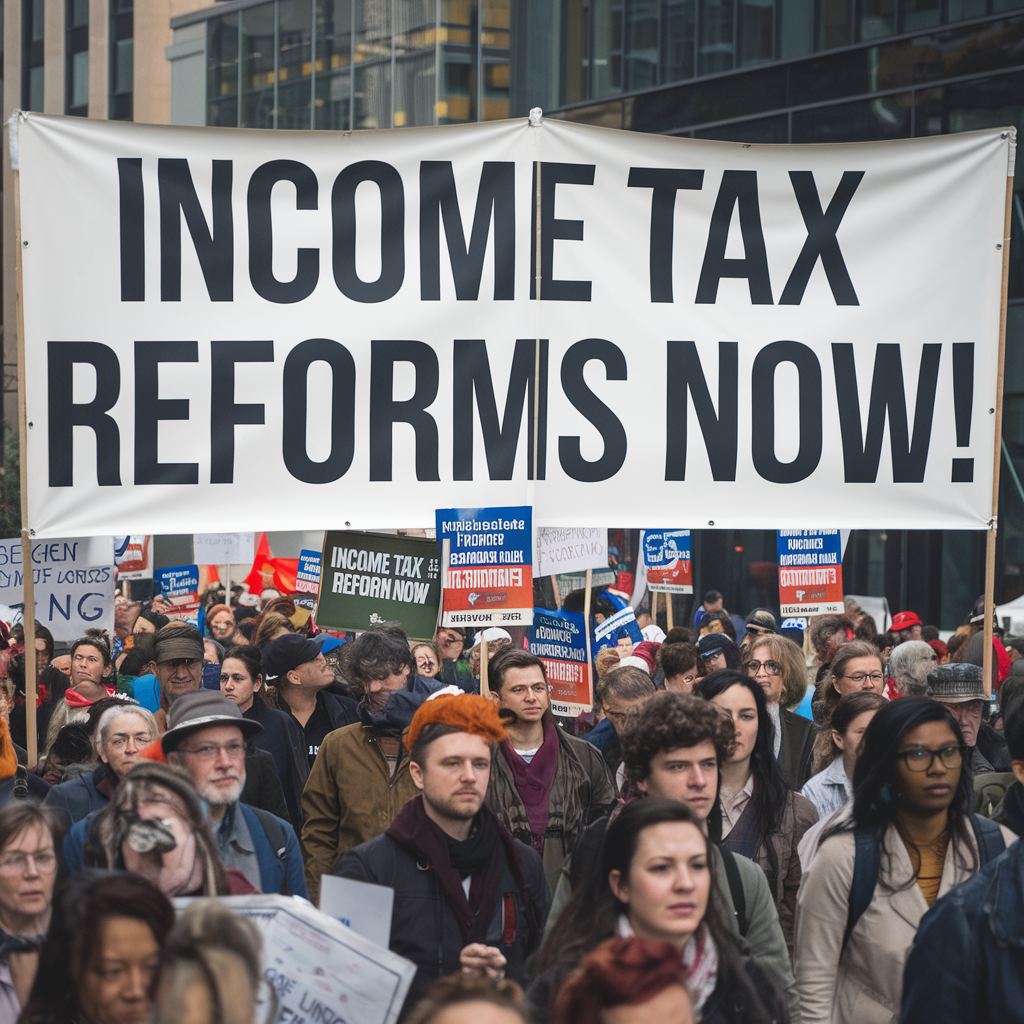ndia’s tax landscape has undergone significant transformations in recent years, aiming to simplify the system, boost economic growth, and enhance taxpayer compliance. Here’s an overview of the current scenario:

Income Tax Reforms
In the 2025 Union Budget, the government introduced substantial changes to the personal income tax structure:
- Increased Tax Exemption Limit: The income threshold exempt from taxation has been raised to ₹1.2 million under the new tax regime, up from the previous ₹700,000. This move is designed to increase disposable income for the middle class, thereby stimulating consumption and economic activity. Reuters
- Revised Tax Slabs: The new tax slabs have been adjusted to provide relief across various income brackets, with the highest rate of 30% now applicable to incomes above ₹2.4 million. Reuters
- Standard Deduction Enhancement: For households earning up to ₹1.2 million, a standard deduction of ₹75,000 has been introduced, effectively reducing the annual tax burden by approximately ₹80,000. Reuters
Goods and Services Tax (GST) Updates
Since its implementation in 2017, the GST system has seen continuous refinements:
- Clarifications on Tax Rates: The government has provided detailed guidelines on GST rates for various products. For instance, popcorn is taxed at different rates based on its preparation and packaging: salted and plain popcorn sold loose at 5%, packaged and branded salted popcorn at 12%, and caramel popcorn at 18%. These clarifications aim to reduce ambiguity and ensure consistent tax application. The Wall Street Journal
- GST Council’s Role: The GST Council, comprising finance ministers from the central and state governments, continues to oversee and recommend changes to the GST framework, ensuring it adapts to evolving economic needs.
Proposed Reduction in States’ Share of Federal Taxes
The central government has proposed reducing the states’ share of federal taxes from the current 41% to at least 40%, starting in 2026. This adjustment is intended to provide the federal government with additional funds to meet increasing spending requirements, especially during economic downturns. The proposal will be reviewed by the Finance Commission of India, which oversees tax distribution and federal-state financial relations.
Introduction of a New Income Tax Bill
To further streamline the tax system, the Union Cabinet has approved a new Income Tax Bill aimed at simplifying and modernizing tax laws without introducing new taxes. The bill seeks to reduce legal complexities, make compliance easier for taxpayers, and cut the length of the existing law by 50%. This initiative underscores the government’s commitment to creating a more taxpayer-friendly environment and reducing litigation.
Impact on the Economy
These tax reforms are expected to:
- Boost Consumption: By increasing disposable incomes, especially among the middle class, the government anticipates a surge in consumer spending, which could invigorate various sectors of the economy.
- Encourage Compliance: Simplified tax laws and clearer guidelines aim to reduce the compliance burden on taxpayers, potentially leading to higher voluntary compliance rates.
- Enhance Federal Fiscal Capacity: Adjustments in tax distribution between the central and state governments are designed to provide the federal government with greater fiscal flexibility to address national priorities.

In summary, India’s current tax scenario reflects a concerted effort to balance revenue generation with taxpayer convenience, fostering an environment conducive to economic growth and stability.